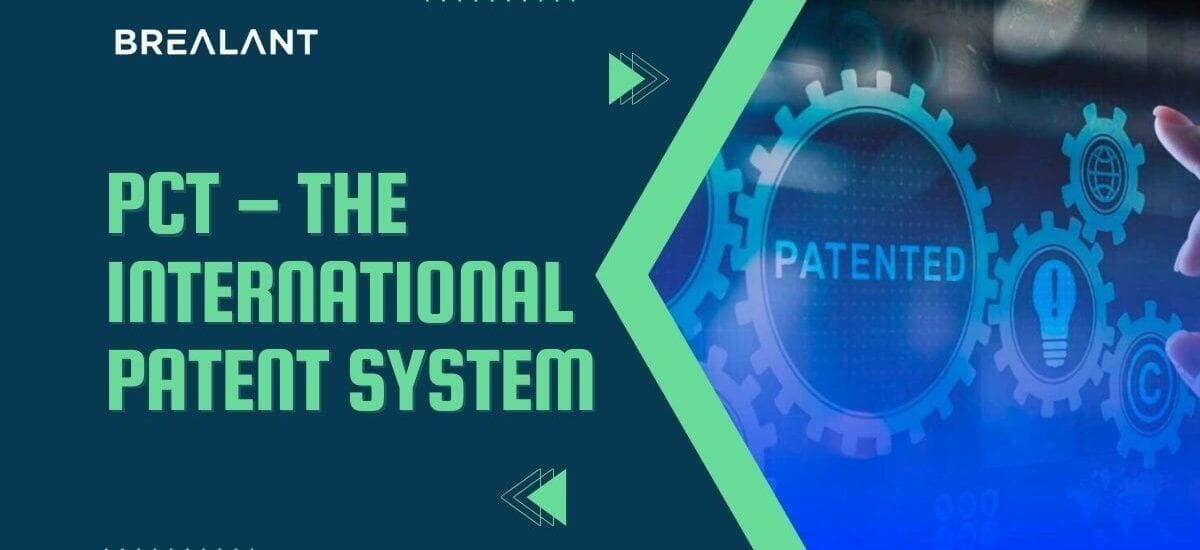
In today’s globalized world, intellectual property has become a cornerstone of innovation and economic growth. Protecting one’s inventions on an international scale is crucial for fostering innovation and ensuring that inventors are rewarded for their efforts. The Patent Cooperation Treaty (PCT), administered by the World Intellectual Property Organization (WIPO), plays a pivotal role in facilitating international patent protection and streamlining the patent application process for inventors worldwide.
What is the PCT?
The Patent Cooperation Treaty, commonly known as PCT, is an international agreement that simplifies the process of filing patent applications in multiple countries. It was established in 1970 and has been adopted by over 150 countries, making it a cornerstone of international patent protection. The PCT system allows inventors to file a single patent application that has the potential to be recognized in multiple countries, offering significant advantages in terms of time, cost, and efficiency.
The Role of WIPO
WIPO, the World Intellectual Property Organization, is a specialized agency of the United Nations responsible for promoting intellectual property protection worldwide. It administers the PCT system, ensuring that it operates smoothly and efficiently for inventors, patent offices, and the global innovation community. WIPO’s website serves as a valuable resource for understanding the PCT system and its benefits.
Key Benefits of the PCT System
- Simplified Process: The PCT system simplifies the process of applying for international patents. Instead of filing separate applications in each target country, inventors can file a single PCT application. This simplification significantly reduces administrative burdens and paperwork.
- Extended Time for National Phase Entry: The PCT system extends the period before inventors must decide in which specific countries to seek patent protection. This allows inventors to assess the market potential of their inventions before making substantial financial commitments.
- International Search Report: As part of the PCT process, a comprehensive international search report is generated. This report provides inventors with an overview of prior art relevant to their invention, aiding them in assessing the novelty and patentability of their invention.
- International Preliminary Examination: Inventors can also request an international preliminary examination, which provides an initial assessment of the likelihood of their invention being granted a patent. This information is invaluable for making informed decisions about proceeding with the application process.
- Cost Efficiency: By avoiding the costs associated with filing separate applications in each target country, the PCT system offers significant cost savings for inventors.
The PCT Application Process
The PCT application process consists of several key stages:
- Filing a PCT Application: The process begins by filing a PCT application with a national or regional patent office or directly with WIPO. The application includes a detailed description of the invention and, if applicable, any required drawings.
- International Search: WIPO conducts an international search to identify prior art relevant to the invention. The international search report is provided to the inventor, helping them assess the patentability of their invention.
- Publication: The PCT application is published, making the invention’s details available to the public. This publication does not grant a patent but provides a crucial step toward international protection.
- International Preliminary Examination: If requested, an international preliminary examination is conducted to provide an initial assessment of the invention’s patentability.
- National Phase Entry: After the international phase, inventors have the option to enter the national phase in individual countries where they seek patent protection. The international search and preliminary examination reports can be used to guide this decision.
Conclusion
The Patent Cooperation Treaty (PCT) and the international patent system it facilitates, administered by WIPO, are invaluable tools for inventors and innovators worldwide. By simplifying the process of seeking international patent protection, the PCT system reduces administrative burdens, costs, and complexities. Through its international search and preliminary examination, it empowers inventors with the information needed to make informed decisions about pursuing patent protection in specific countries. WIPO’s dedication to managing and improving the PCT system has made it an essential resource for global innovation. As the world continues to advance, the PCT system will remain a cornerstone of international patent protection, fostering innovation and rewarding inventors for their groundbreaking creations.

